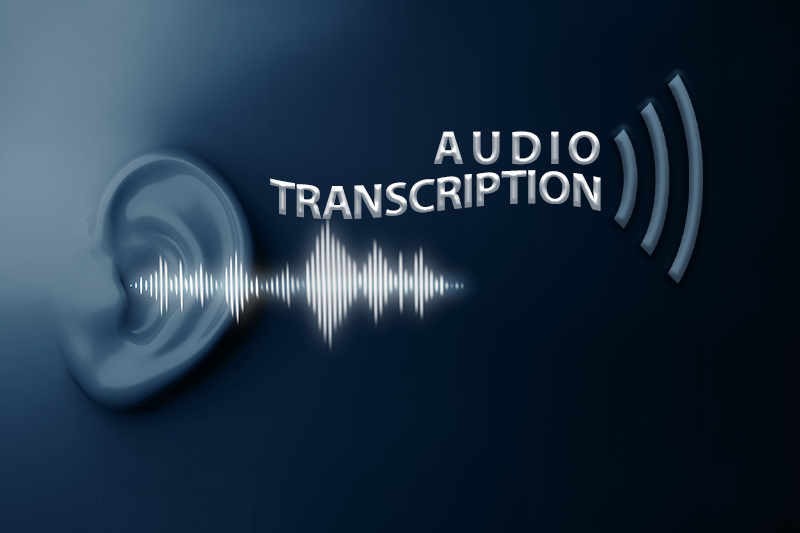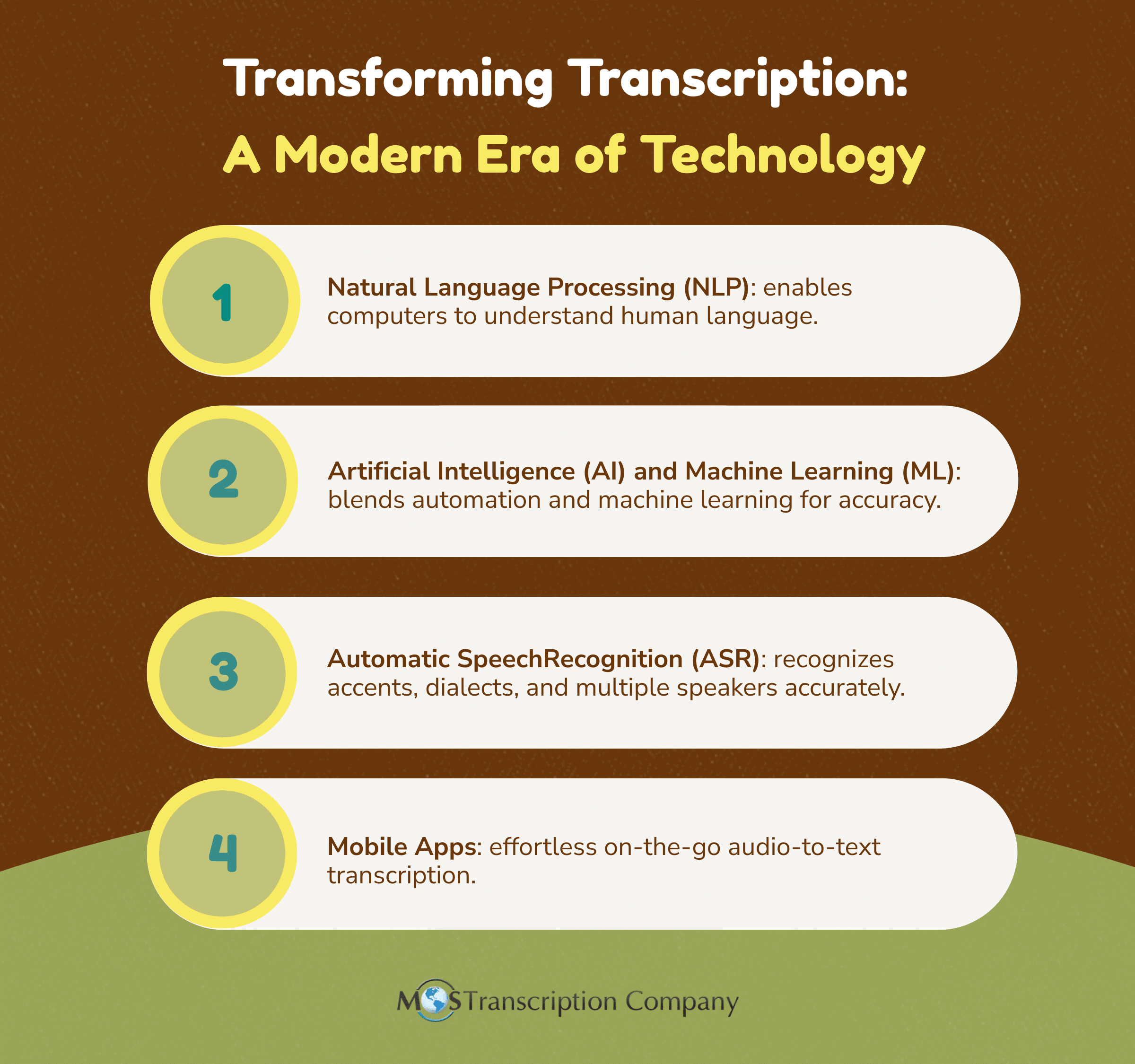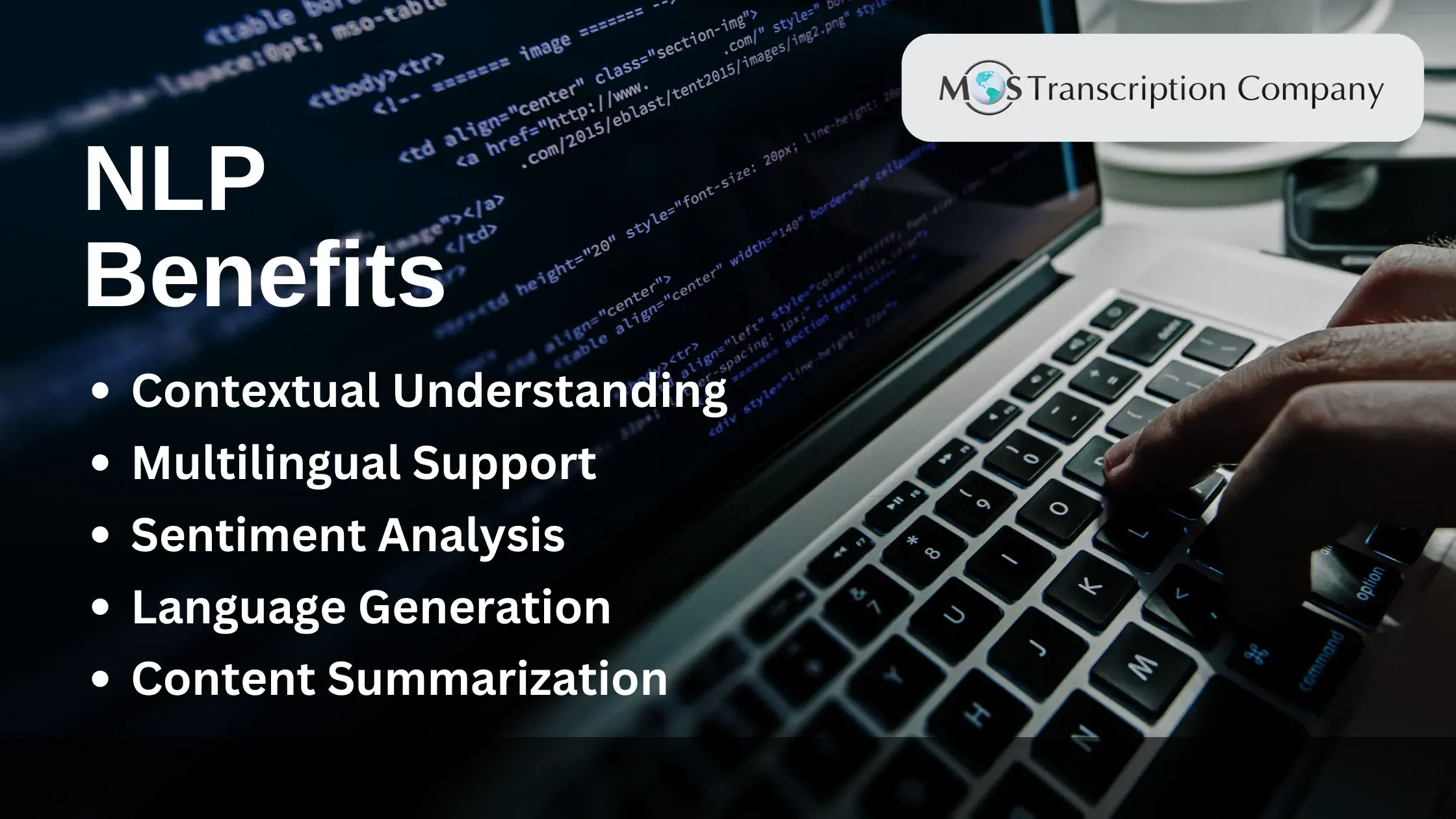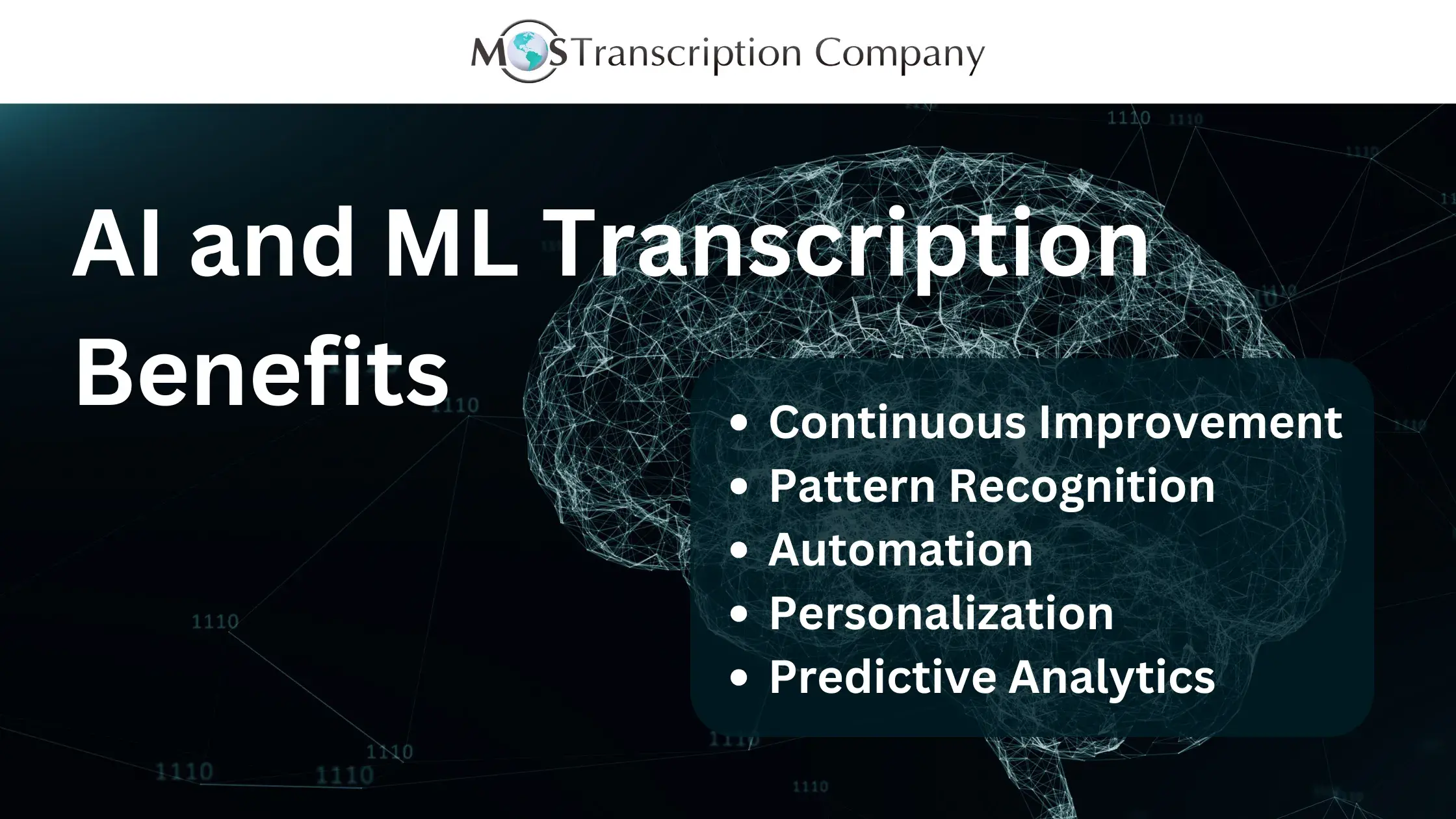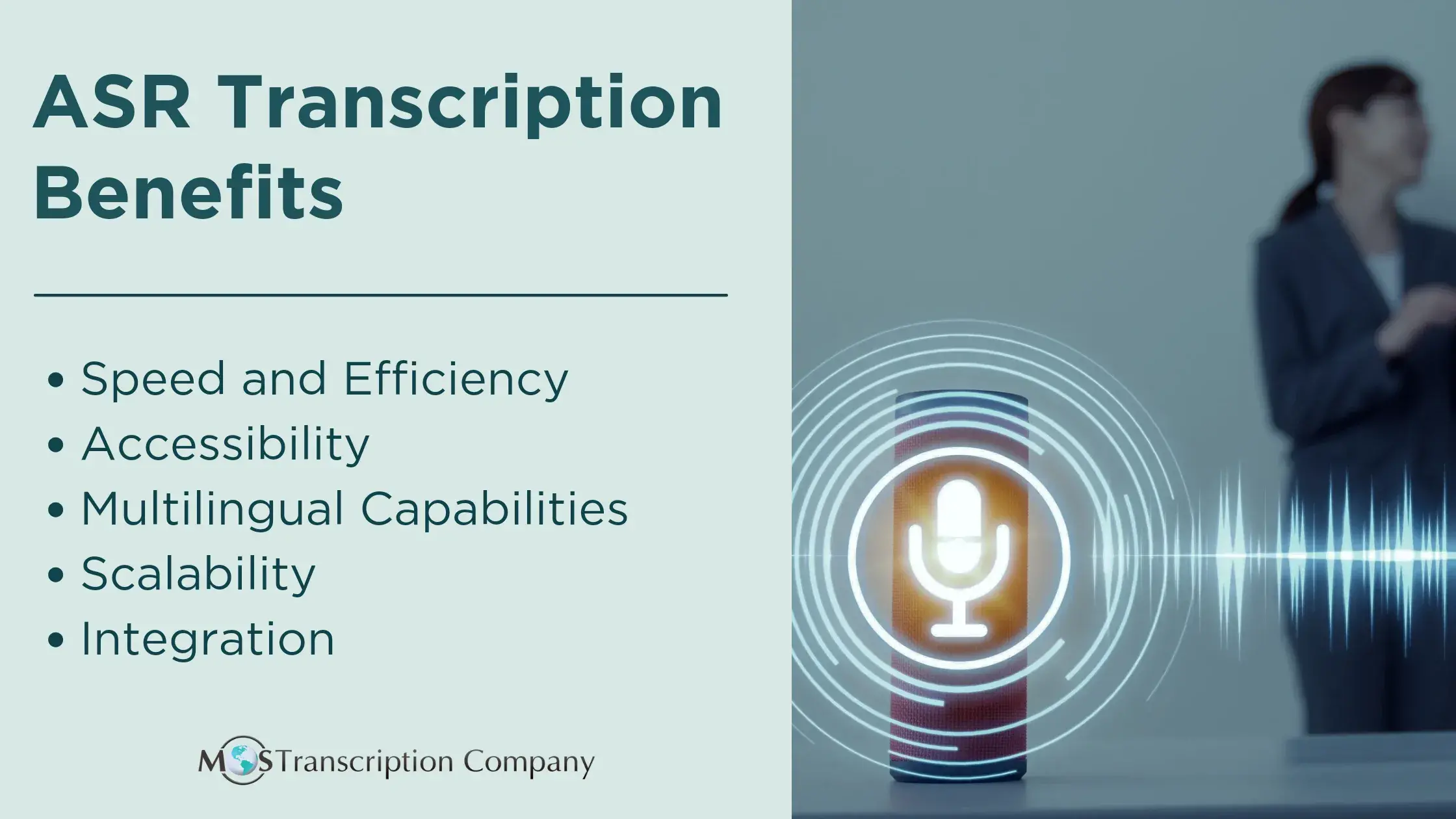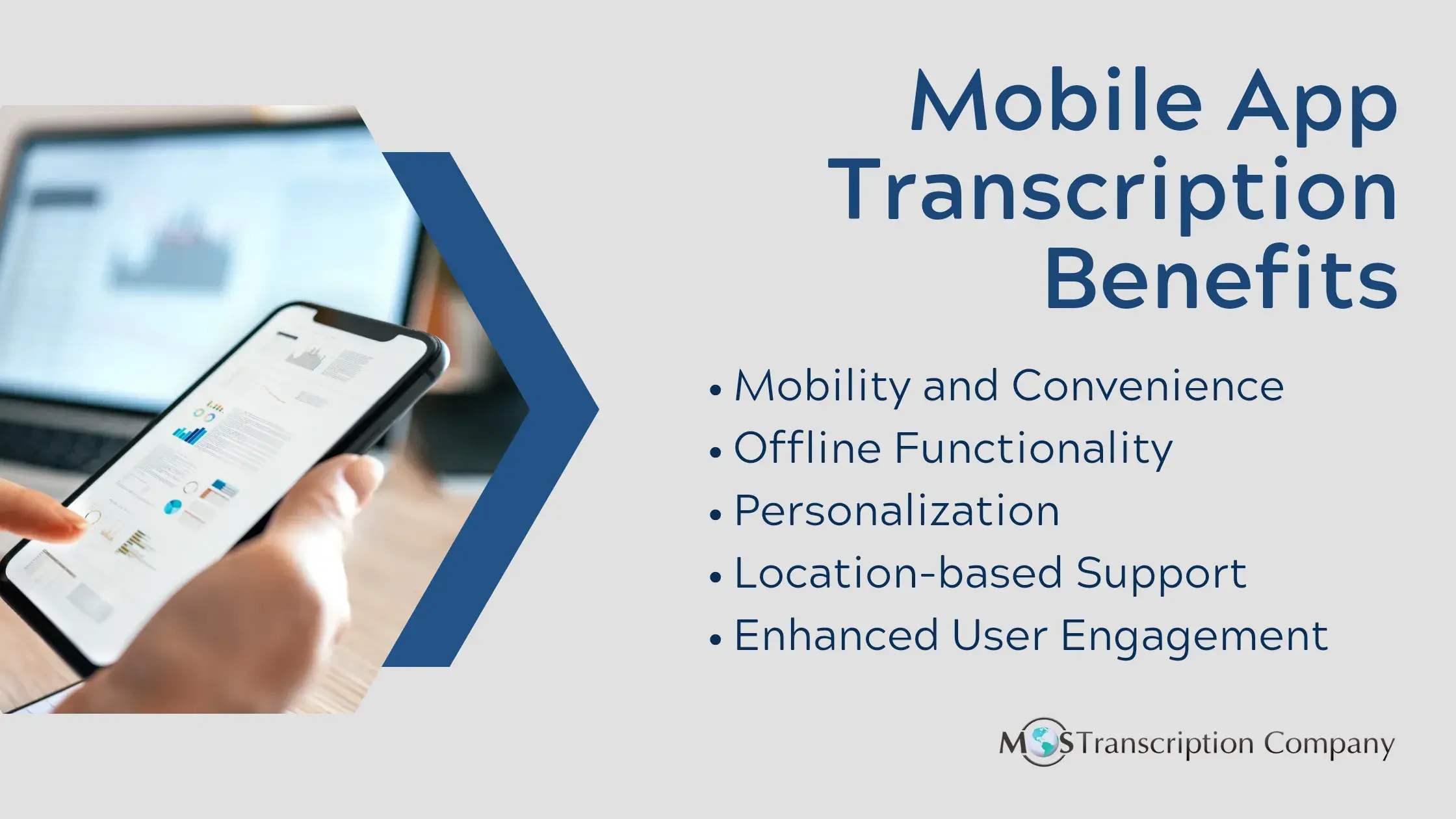The process of converting spoken words from audio recordings into written text or audio transcription has come a long way. As a general transcription service provider, we have been helping a wide range of businesses create written records of conferences, meetings, interviews, and other critical interactions for quite some time. It’s interesting to note that as the demand for these services has grown, we’ve seen the emergence of new technologies that are streamlining the process of converting recorded audio-visual files into text and significantly improving efficiency.
If you use audio or video transcription, keeping up with trends is essential to adopt more efficient and productive transcription practices. From Natural Language Processing, Artificial Intelligence, and Machine Learning to state-of-art mobile apps, prepare for an exciting journey through four significant advancements in the field of transcription.
Audio Transcription – Future Trends

Emerging Technologies and Trends in Audio Transcription
- Natural Language Processing (NLP): A branch of AI, NLP enables computers to understand and interpret human language in spoken and written forms. It combines computer science and linguistics to analyze text and speech, utilizing advanced ML and deep learning algorithms. Automatic translation uses this technology. NLP algorithms recognize speech patterns, sentence structure, and even emotions, resulting in accurate speech to text.The NLP process has two main parts: natural language understanding (NLU) and natural language generation (NLG). In NLP, text goes through various steps. First, it’s divided into smaller units like words or phrases through tokenization. Then, labels like nouns, verbs, or adjectives are assigned to these units through part-of-speech tagging. Parsing finds the relationships between these units, creating a grammatical tree. Named entity recognition identifies entities like people, organizations, and places in the text. Sentiment analysis determines if the sentiment is positive or negative. Lastly, coreference resolution handles references to entities that appear multiple times.
- Artificial Intelligence (AI) and Machine Learning (ML): AI transcription involves the use of artificial intelligence to transcribe audio recordings. This is a complex process that involves a combination of advanced technologies and algorithms working together to automatically convert your audio or video file into written text.To use AI transcription software, upload your audio recording to the platform. The software uses speech recognition algorithms to discern individual words and phrases within the audio. Then, it uses NLP techniques to comprehend the context and meaning of these words and phrases, converting the audio into coherent written text. ML algorithms within the software further facilitate the learning of patterns, enabling the system to enhance its accuracy with continued use.
With AI transcription, you’re assured of remarkable speed advantages. AI can transcribe audio or video content at a significantly faster rate than manual transcription methods. Applications include Automatic Speech Recognition (ASR), language translation, sentiment analysis, chatbots and virtual assistants, and legal transcription.
- Automatic Speech Recognition (ASR): ASR technology recognizes accents, dialects, and multiple speakers and can accurately convert your audio recordings into text. Here’s how it works:Automatic speech recognition starts by converting spoken words from analog to digital format. Linguistic algorithms then identify vibrations in the digital data. The sound waves are divided into small segments, and these segments are compared to sound units called phonemes, which distinguish words. Mathematical modeling is used to match phonemes with known words and sentences. The result is presented as editable text or in a computer audio file, offering a convenient and accurate transcription.
Popular voice-to-text software includes Google Docs Voice Typing, Dragon Professional, Briana Pro, e-speaking, Speechnotes, Apple Dictation, and Windows Speech Recognition.
- Mobile Apps: There are several mobile apps that allow you to record audio on your smartphone and then transcribe it on the go. Some apps even leverage AI and ML technologies to improve accuracy. Furthermore, these options come with additional features like text editing, and cloud-based storage and sharing of transcribed files. If you are a student or journalist, a mobile app can be a handy and practical solution.If you are considering this transcription option, you need to focus on certain things. First, verify the duration limit of the audio as some apps restrict the time per session.
Check if the app is compatible with various platforms, such as iPhone, iPad, or Apple Watch. If you intend to transcribe a foreign language or a different accent, make sure the application supports it.
Popular mobile apps for transcription include: Otter.ai, Rev Voice Recorder, Dragon Anywhere, Transcribe Me, and Speech notes.
Cloud-based audio transcription services are becoming increasingly popular. You upload the audio files to the cloud where they are automatically transcribed by a ML algorithm or a speech recognition engine. You can then review the transcript and make necessary corrections or edits. Some cloud-based transcription services also offer real-time editing while your audio or video is still playing. The final transcript is emailed to you or stored on services like Dropbox or Google Drive, streamlining and speeding up the process.
Check Automatic Transcription for Accuracy
Automated transcription is fast but not flawless. The accuracy of AI-assisted transcription can vary widely based on various factors such as the specific AI technology being used, the quality of the audio or video input, and the complexity of the content being transcribed. Errors can occur due to poor audio quality, misinterpretation of context, complex language, and formatting issues. Computer algorithms also still struggle to decipher speech nuances efficiently. That’s where human transcription comes in. To ensure precision and clarity, have a digital transcription company that has skilled human transcriptionist on board to review your automated transcripts.
As technologies continue to evolve, we can expect to see more improvements in the field of audio transcription.
Save time and money with our accurate and efficient audio transcription services!

